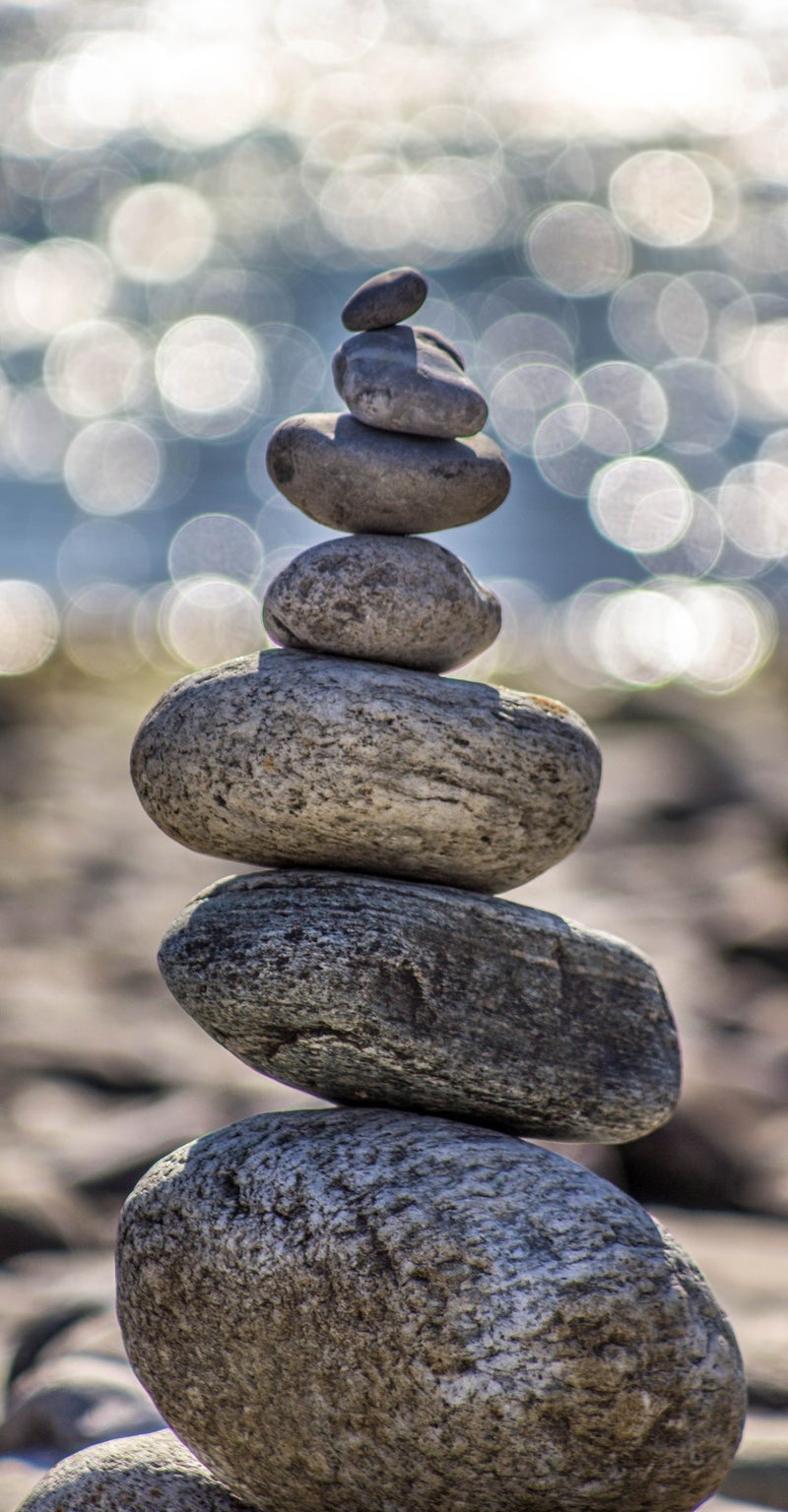Hatha Yoga

It's a type of Yoga that uses physical techniques to channel vital energy. The word "hatha" comes from Sanskrit and literally means "force". Our focus is on: Posture, Breathing techniques, Breathwork timed to movements, Chanting and Meditation.
According to Patanjali’s Yoga Sutras, the eight limbs of the path of Hatha yoga are:
-
Yamas – Five social observances: ahimsa (non-violence), satya (truthfulness) asteya (non-stealing), brahmacharya (chastity) and aparigraha (non-possessiveness).
-
Niyamas – Five moral observances: saucha (purity), santosha (contentment), tapas (self-discipline), svadhyaya (self-study), ishvarapranidhana (devotion or surrender).
-
Asana – Yoga postures.
-
Pranayama – Breathing techniques as a means of controlling prana (vital life force energy).
-
Pratyahara – Withdrawal of the senses.
-
Dharana – Concentration.
-
Dhyana – Meditation.
-
Samadhi – Enlightenment or bliss.
These eight limbs offer a systematic approach to calming the mind and finding liberation from suffering. Although the practice manifests itself as physical strength, physiological health and emotional well-being. The ultimate goal of Hatha yoga is to transcend identification with the body-mind-intellect complex in order to understand the nature of the true self.
Health Benefits of Hatha Yoga
The practice of Yoga has many benefits for your health. Some research supports many of these claims.
The National Institutes of Health's National Center for Complementary and Integrative Health analyzed dozens of peer-reviewed studies and while most of the research was performed on small numbers of subjects, they found evidence to suggest yoga may be beneficial for the following conditions:
-
- Anxiety and depression
- Arthritis and fibromyalgia
- Back pain
- Balance
- Emotional health
- Menopause
- Mindfulness
- Multiple sclerosis
- Neck pain
- Sleep
- Stress management
WHAT TO EXPECT FROM A HATHA CLASS
Hatha is considered a gentle yoga that focuses on static poses and is great for beginners. However, even though it is gentle, it can still be physically and mentally challenging. Practitioners will want to wear close-fitting athletic wear and sports bra for maximum comfort and ease of movement.
Classes typically start with a gentle warm-up, advance to more physical poses, and end with a period of meditation. Here's a breakdown of a typical class:
- Breathing: classes start usually with a period of focus on your breath or pranayama. As you go through the poses, you will be reminded to focus on your breath.
- Poses: Yoga poses, also called postures or asanas, are a series of movements that help improve balance, flexibility, and strength. Poses range in difficulty from laying flat on the floor to physically challenging positions. If at any time during a class, a pose is too difficult, your instructor can provide you with a modified posture.
- Meditation: Most classes end with a short period of meditation. During this period of quiet reflection, your teacher may ask you to lie on your back and follow through a guided meditation.

